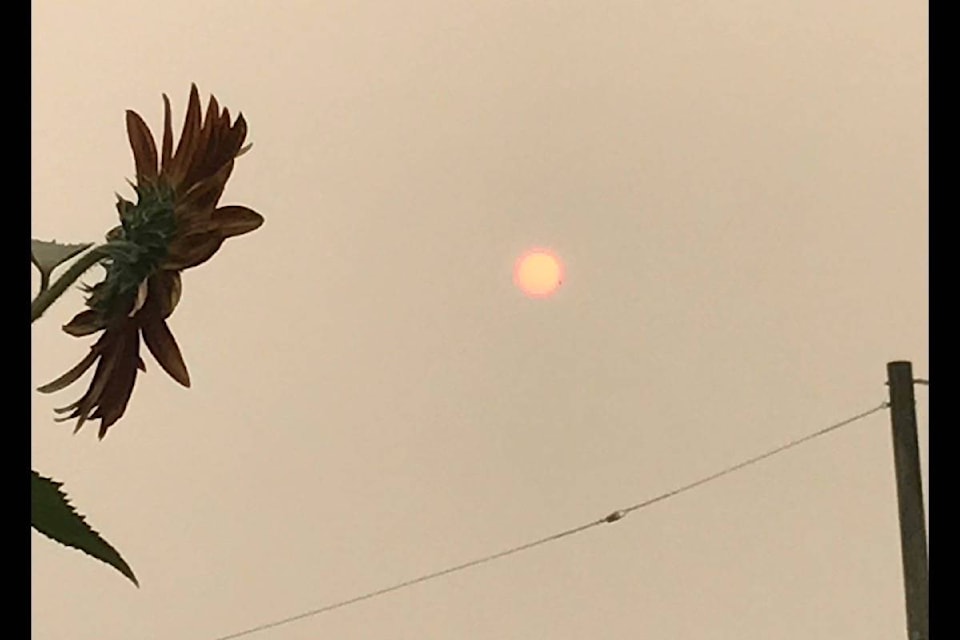The Okanagan Basin Water Board held its annual meeting today with a discussion on extreme weather.
At the Westbank Lions Community Centre in West Kelowna, the theme this year was Weathering Extremes, recognizing the climate in Okanagan Valley is changing and the need to act on – to adapt to, but also to mitigate – climate change, said the OBWB.
The Okanagan has seen flooding and droughts in the past, but as climate models show us, these extreme events will become more common and more intense, said the OBWB. This spring, the Okanagan saw historic flooding, followed by a prolonged period of heat and dry weather, breaking temperature and lowest precipitation records.
As part of its annual meeting this year, the OBWB showcased some of the projects it is undertaking to address these two extremes, and spoke to the need to do more, in partnership with local governments, senior levels of government, non-profits and individuals.
“In many ways, adaptation has been a core of our work,” said board executive director Anna Warwick Sears. “Things that we do to prepare for climate extremes are also best practices to make our communities stronger. Drought planning, restoring wetlands to hold flood waters, and promoting landscapes that require less water during hot, dry summers – are all forms of adaptation.”
“You look at Hurricane Harvey in Texas. There was four feet of water. It was so heavy, that it caused a two-centimetre depression in the earth’s crust,” she said, turning to the flooding in the Okanagan and a presentation provided by head of public safety and protection with the ministry of forests, Shaun Reimer, who helps manage Okanagan Lake levels.
Related: Canadian expats hunker down as remnants of hurricane Harvey ravage Texas
Reimer provided an overview of this spring’s flooding at the meeting, and explained how low Okanagan snowpacks in winter suggested a potential drought this summer.
Unexpected precipitation began in March and built up the snowpack. Then the rains came and then warm weather which melted the snow, caused higher flows into the lake than could be released without causing severe flooding and bank erosion downstream, he said.
“We broke our own records for rainfall and have a new high water mark for the valley,” said Sears. “How do you manage around extreme precipitation? There are some things you just can’t adapt to, so it’s important we bring mitigation into the conversation.”
To do this, the board invited Maximilian Kniewasser, director of the Pembina Institute’s B.C. climate policy program, to speak on the state of climate action in B.C. and opportunities to grow a clean economy.
“We’ve already seen a 1 C rise in global temperatures and are already seeing the impacts with back-to-back floods and wildfires that are more intense and extreme,” Kniewasser said. “There are challenges but we can adapt to a 1 C increase. It’s only going to get worse if we get to 2 C, and as a global community we can’t adapt beyond 2C. So that’s where mitigation comes in.
Related: Residents urged to consider drought
“Above 2 C there will be loss of biodiversity. Food will be scarce. Rich countries will do fine, but the implications for humanity as a whole will be unprecedented. That’s not the type of world we want to live in. We are standing at an inflection point – a turning point,” he added. “Five years ago there were no good energy alternatives, but solar is cost-competitive now.
As the current drought continues in the Okanagan, the OBWB encourages residents to conserve and save water for water matters – food crops, fish and firefighting.
Find tips to conserve, as well as water restrictions for your neighbourhood online.
